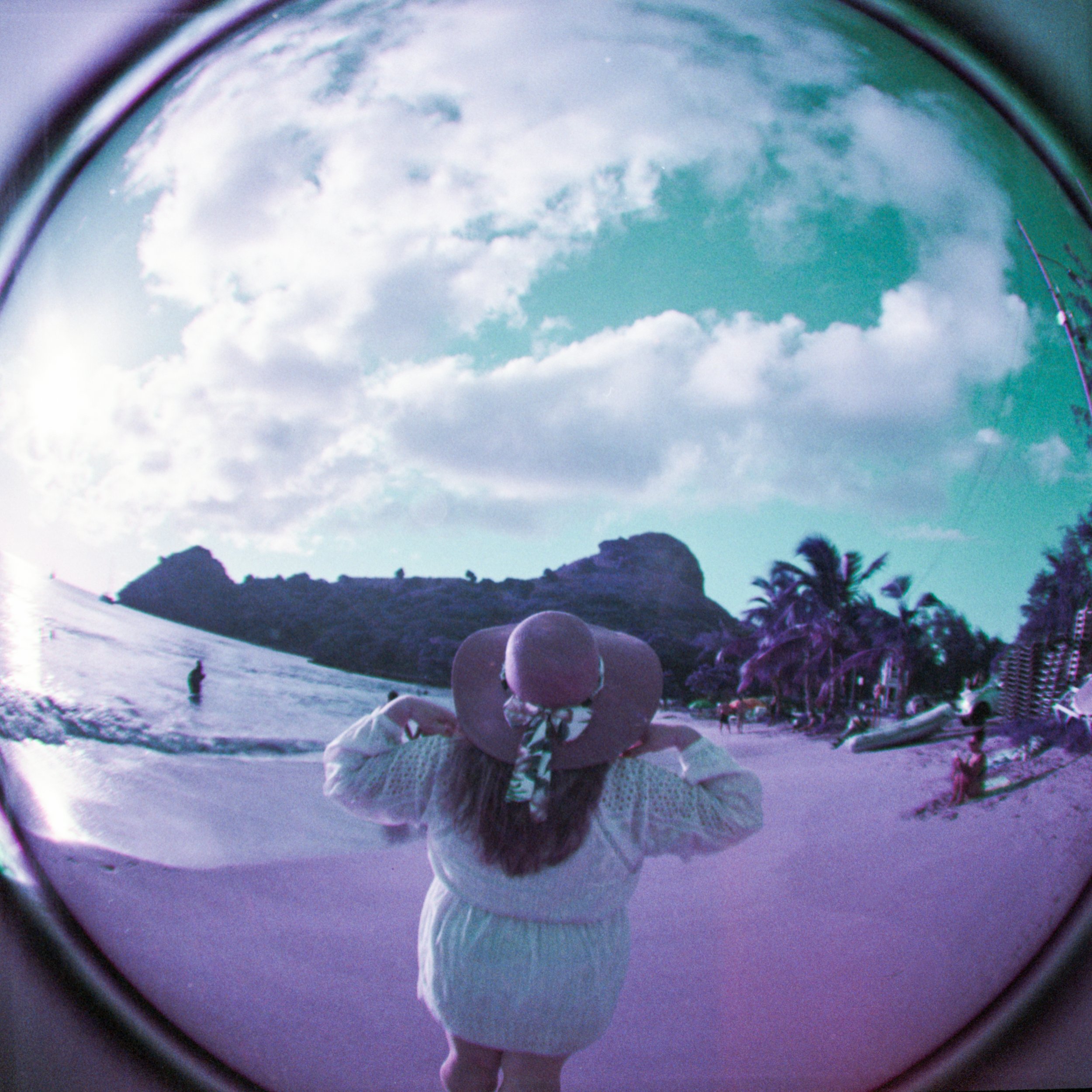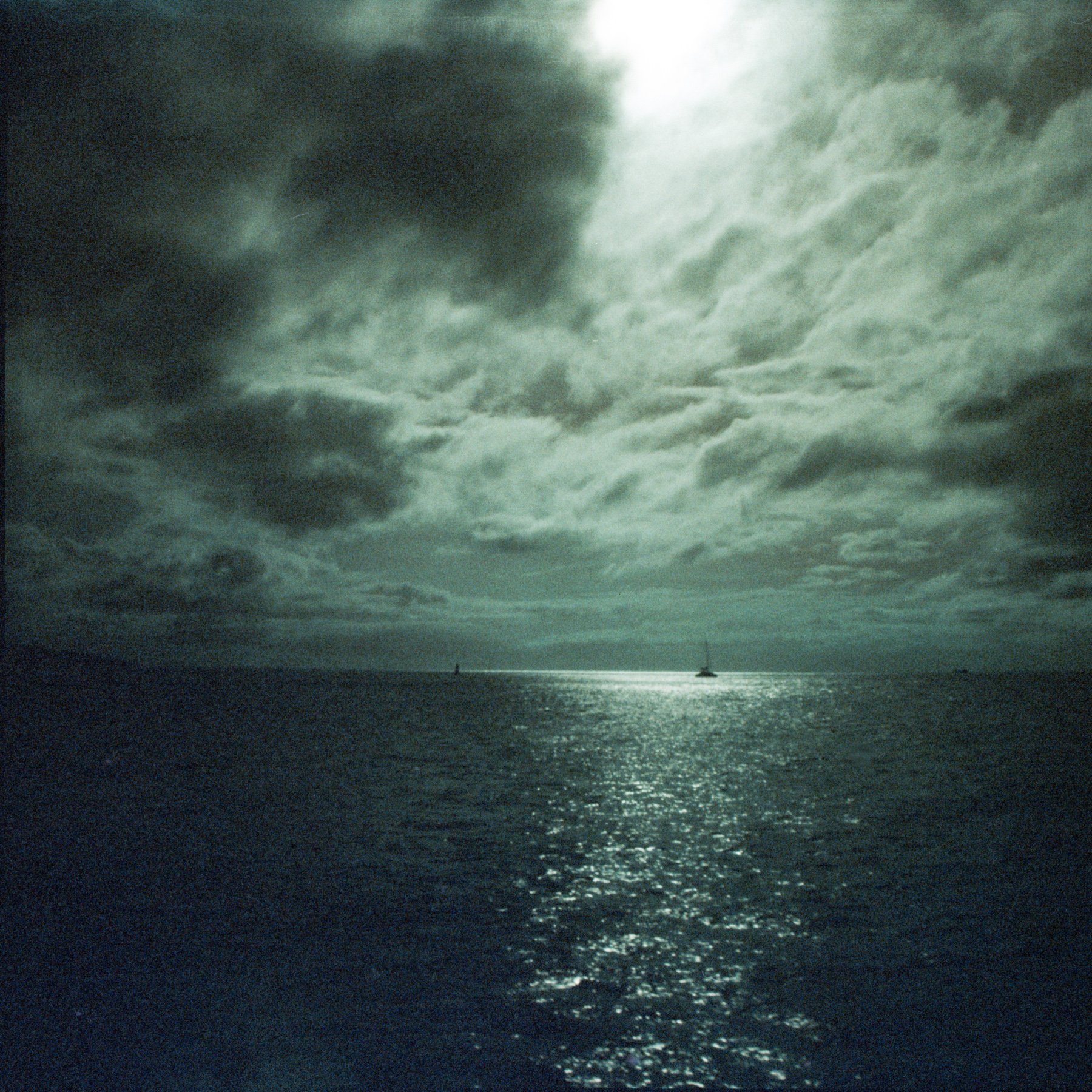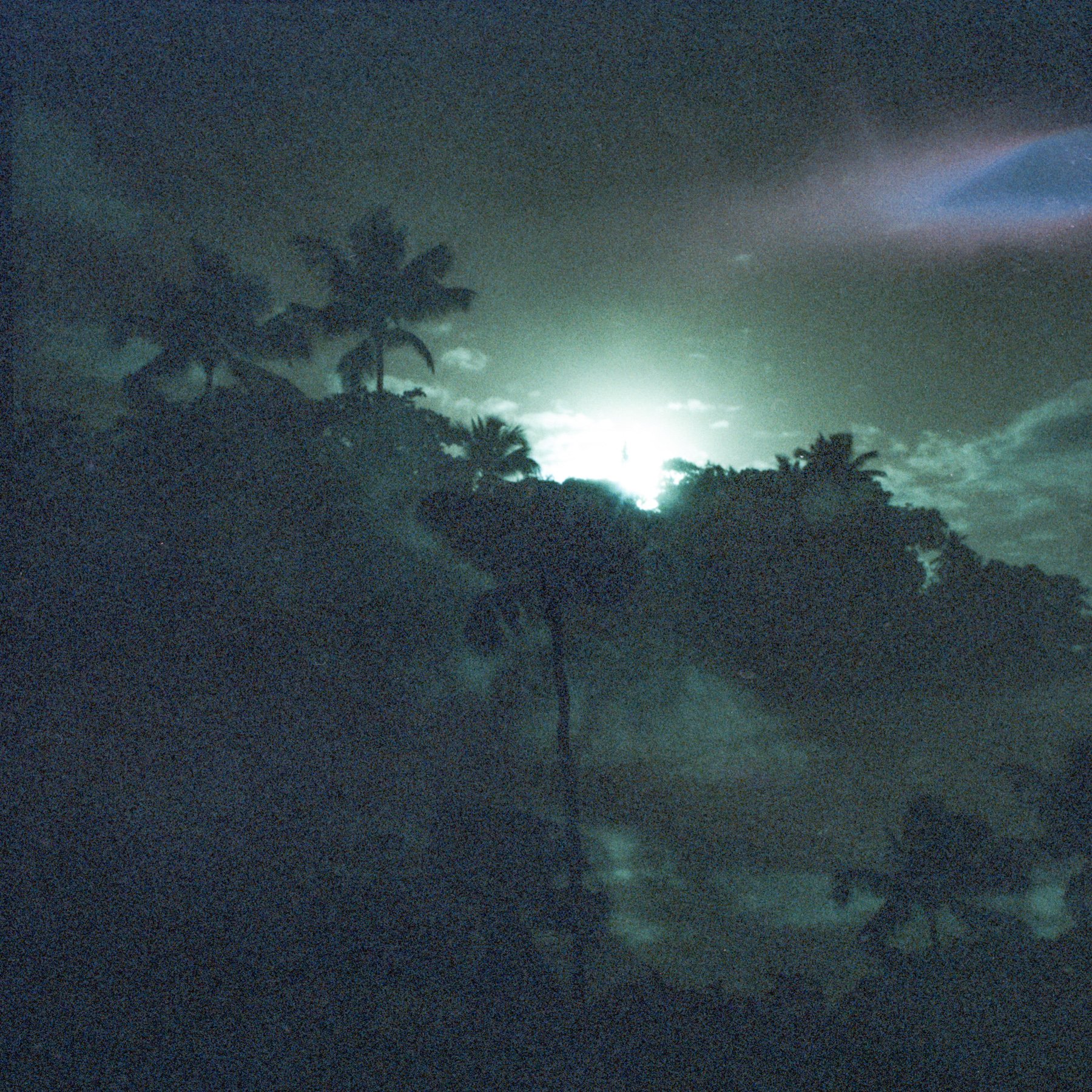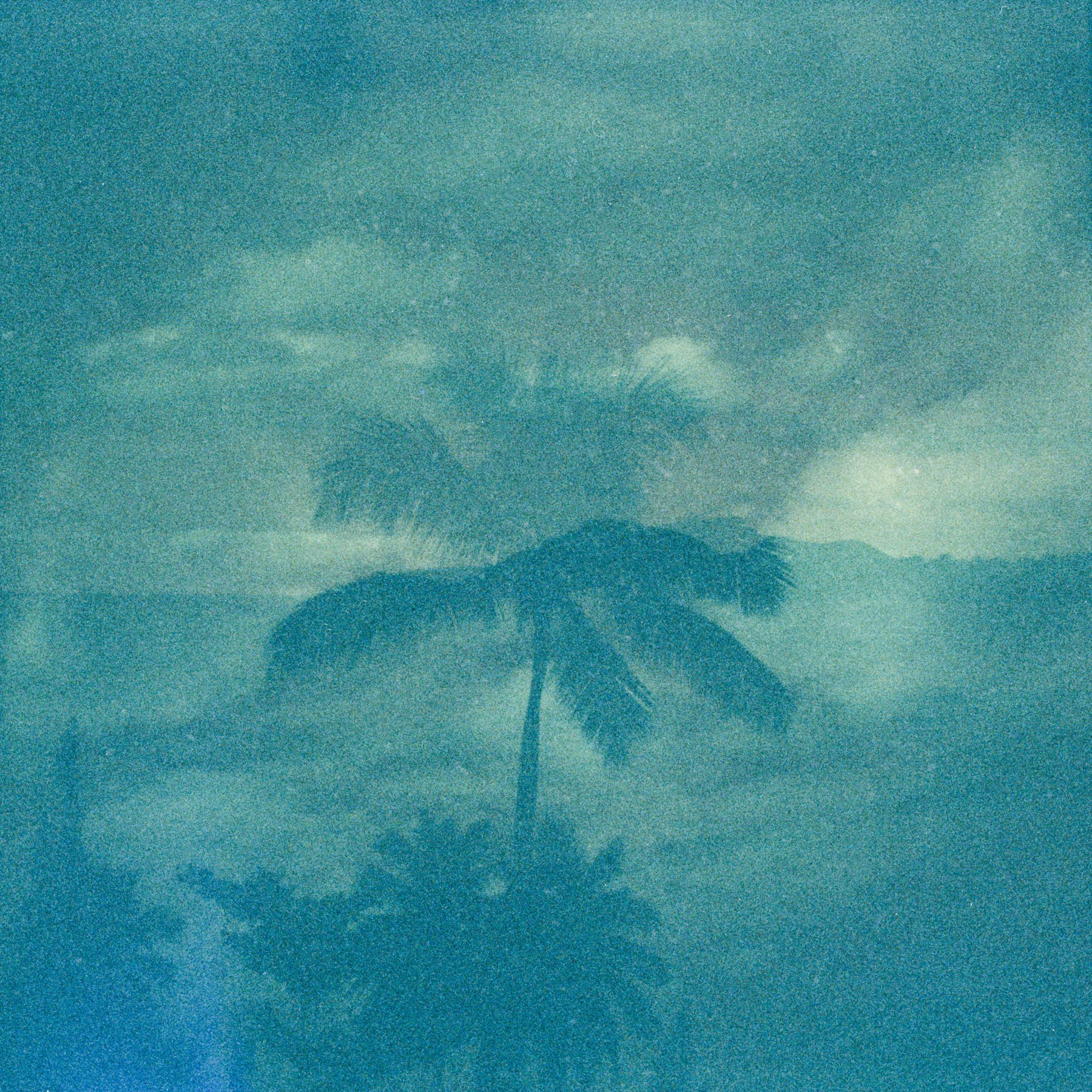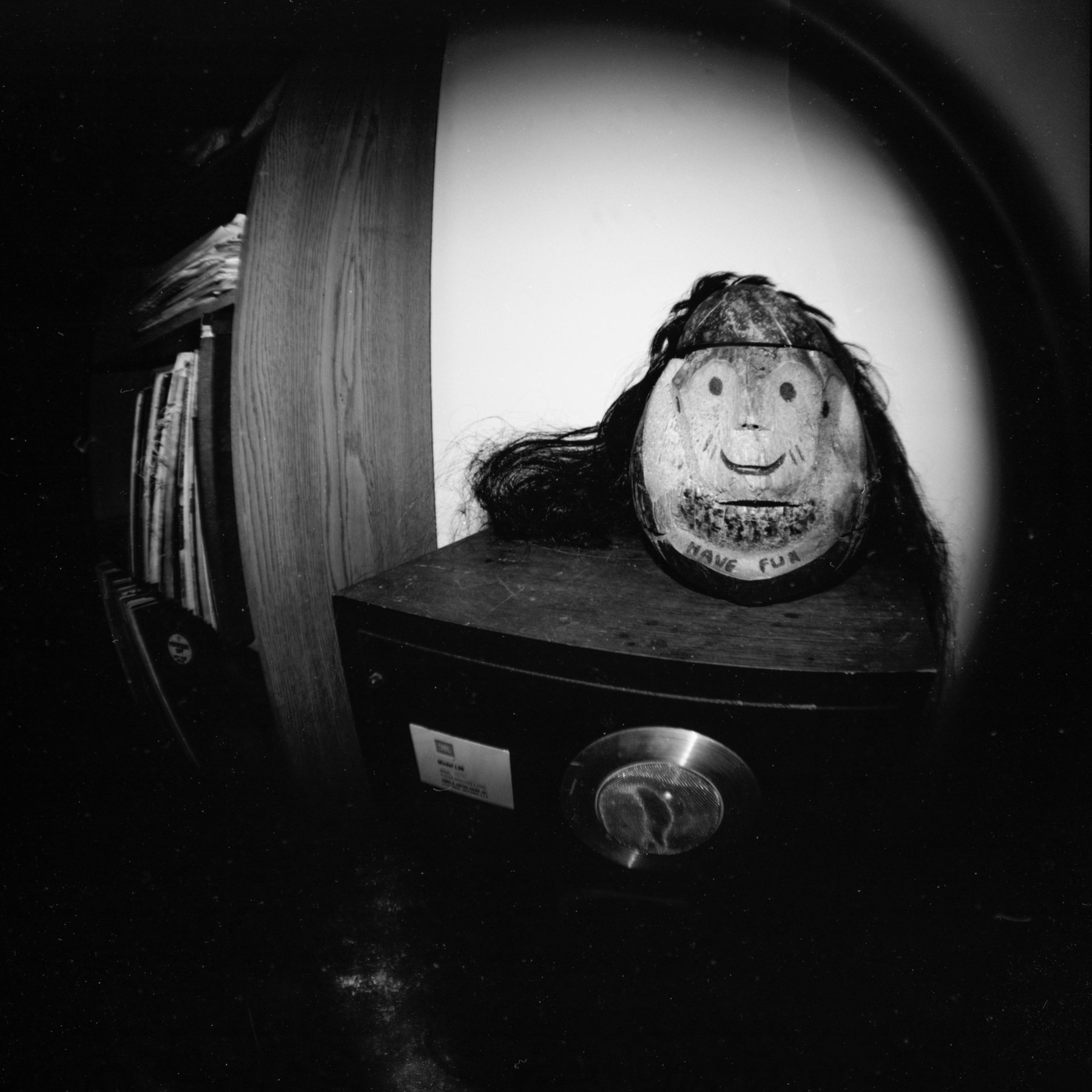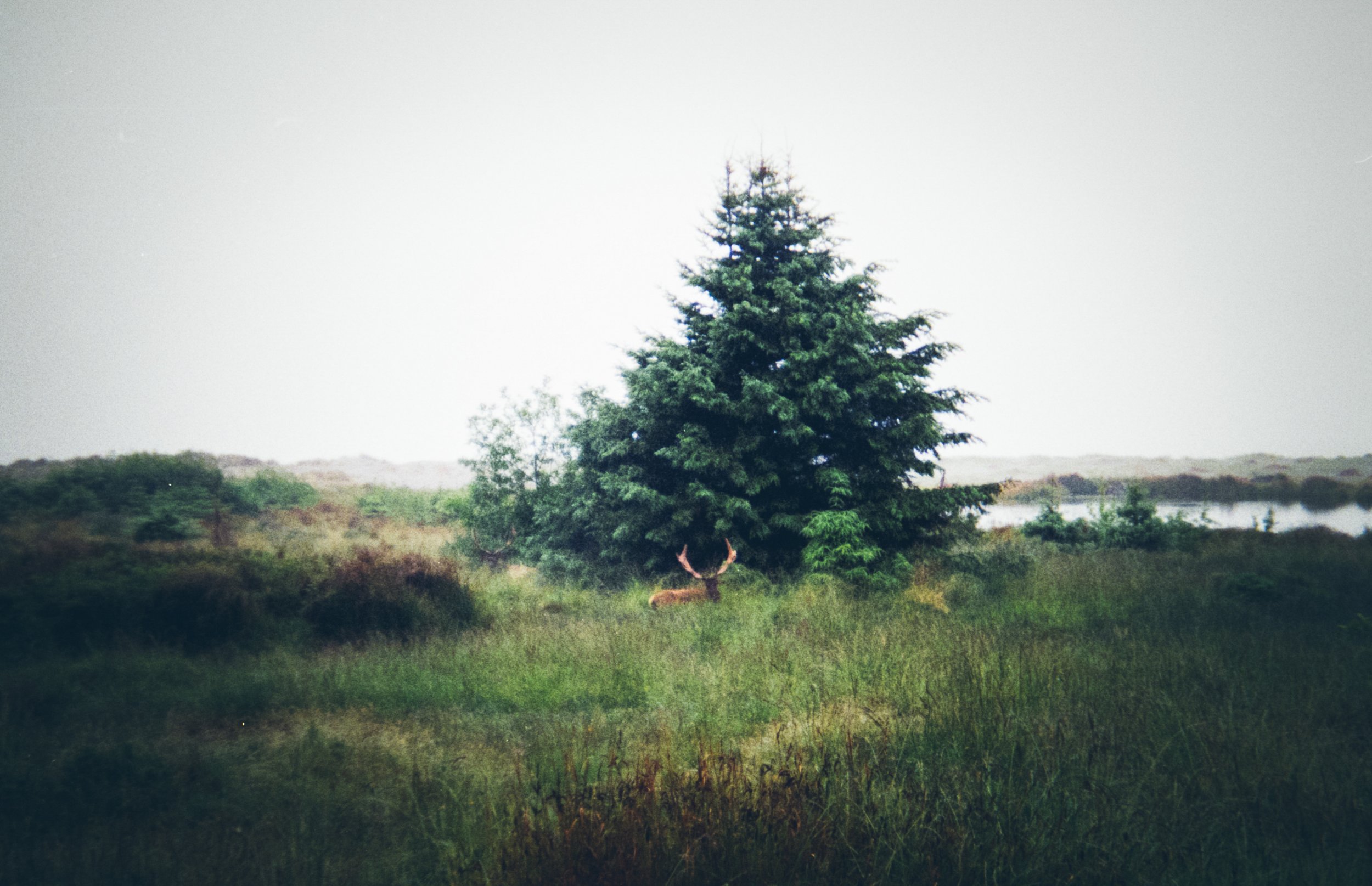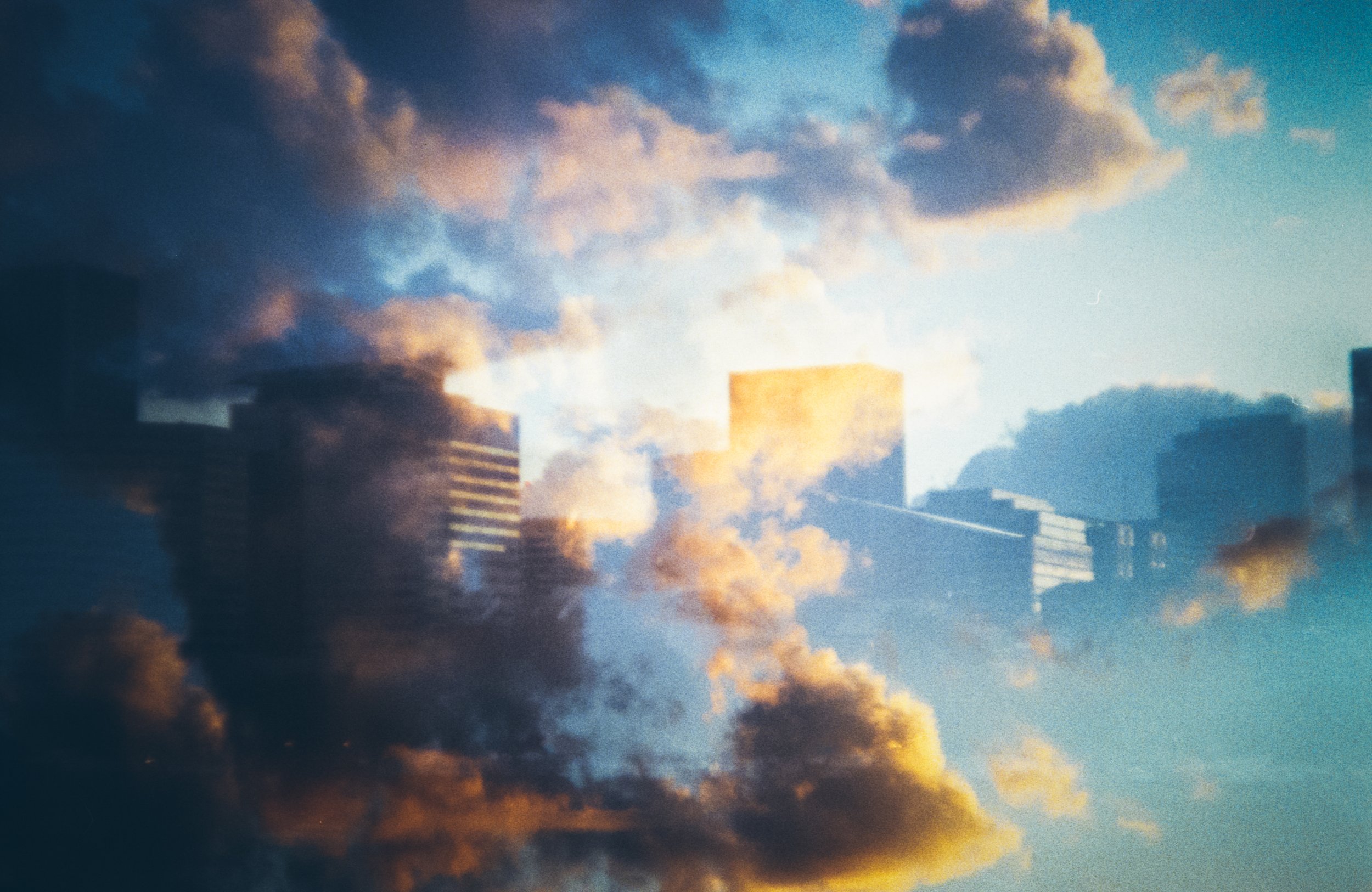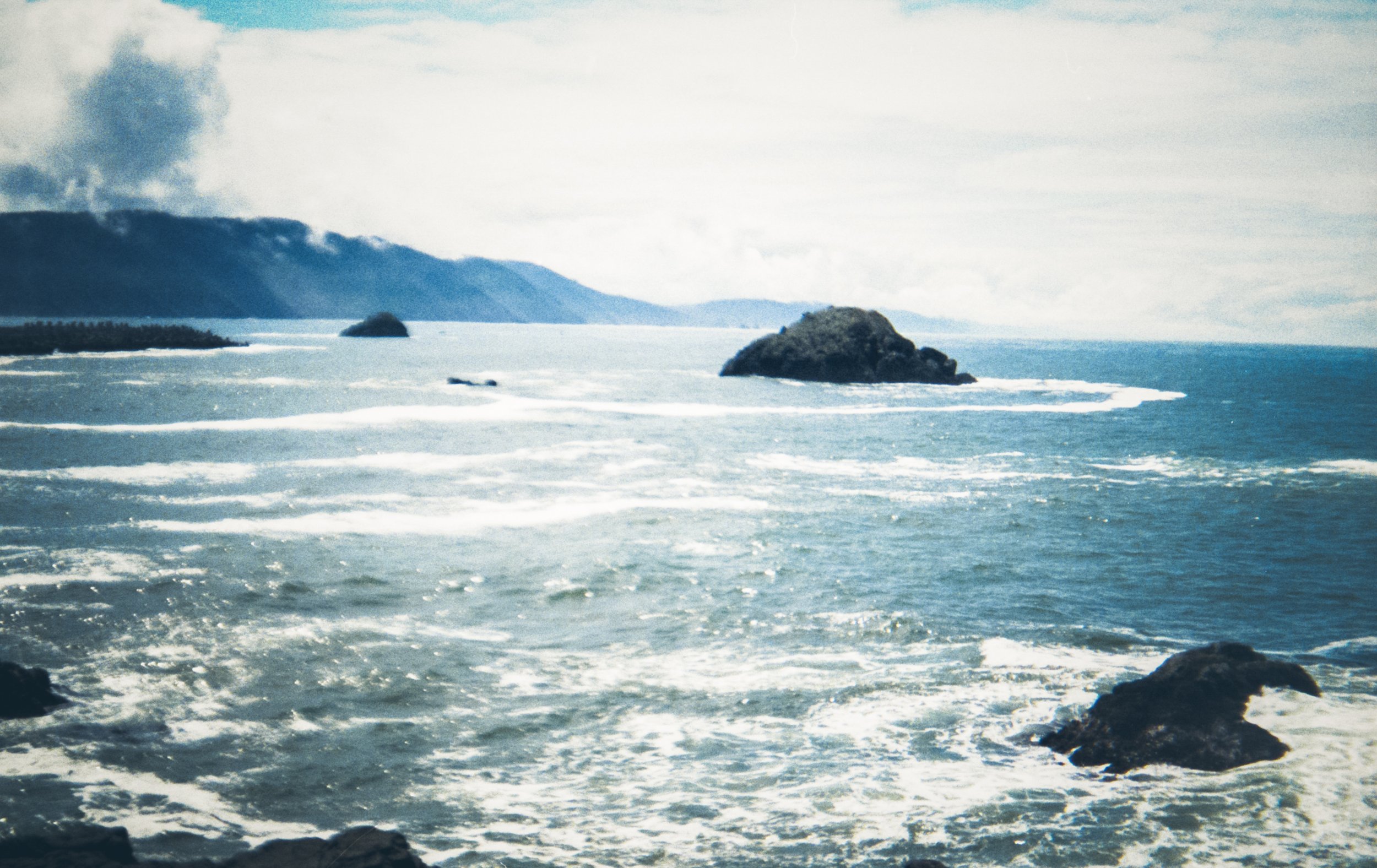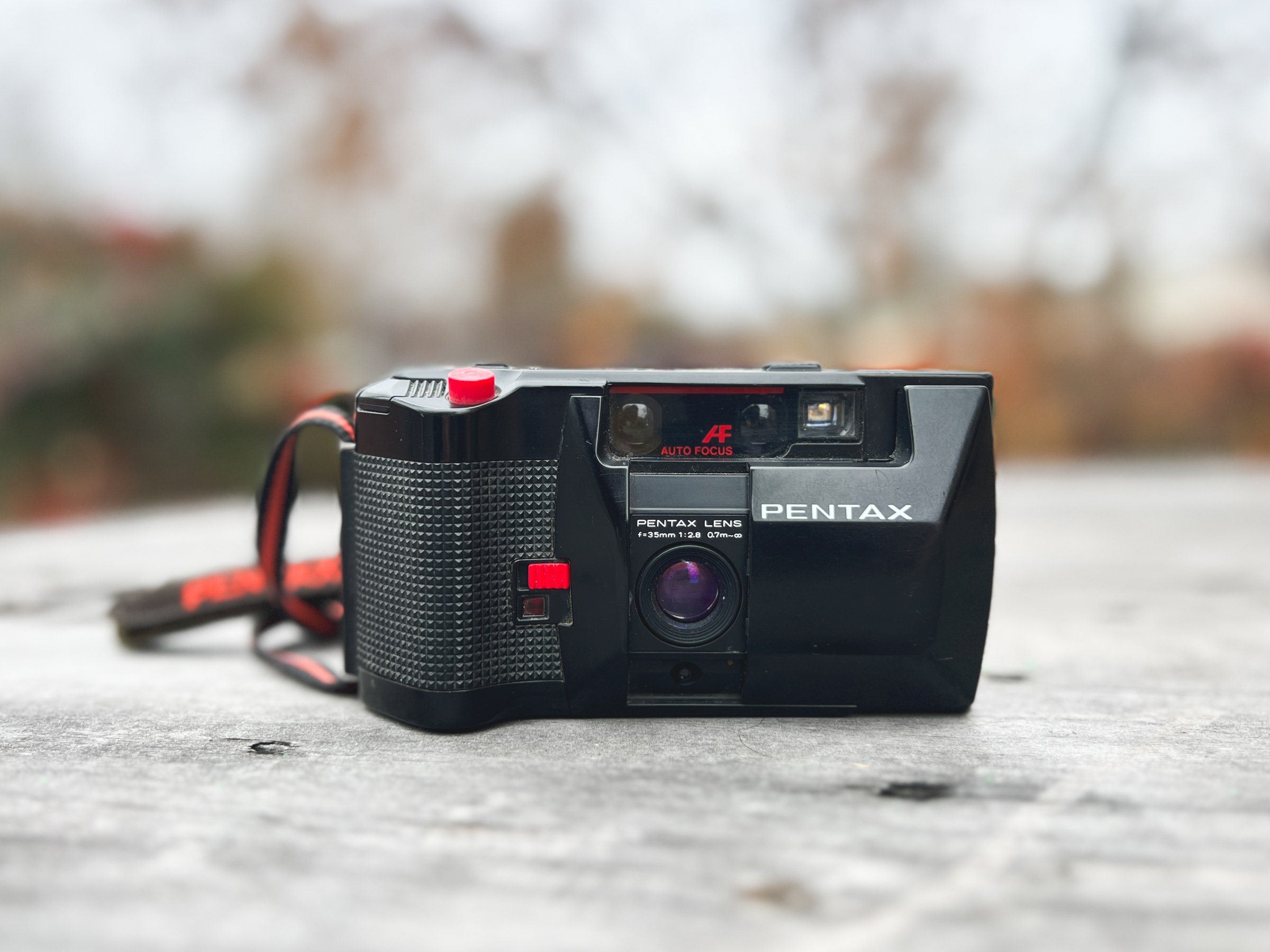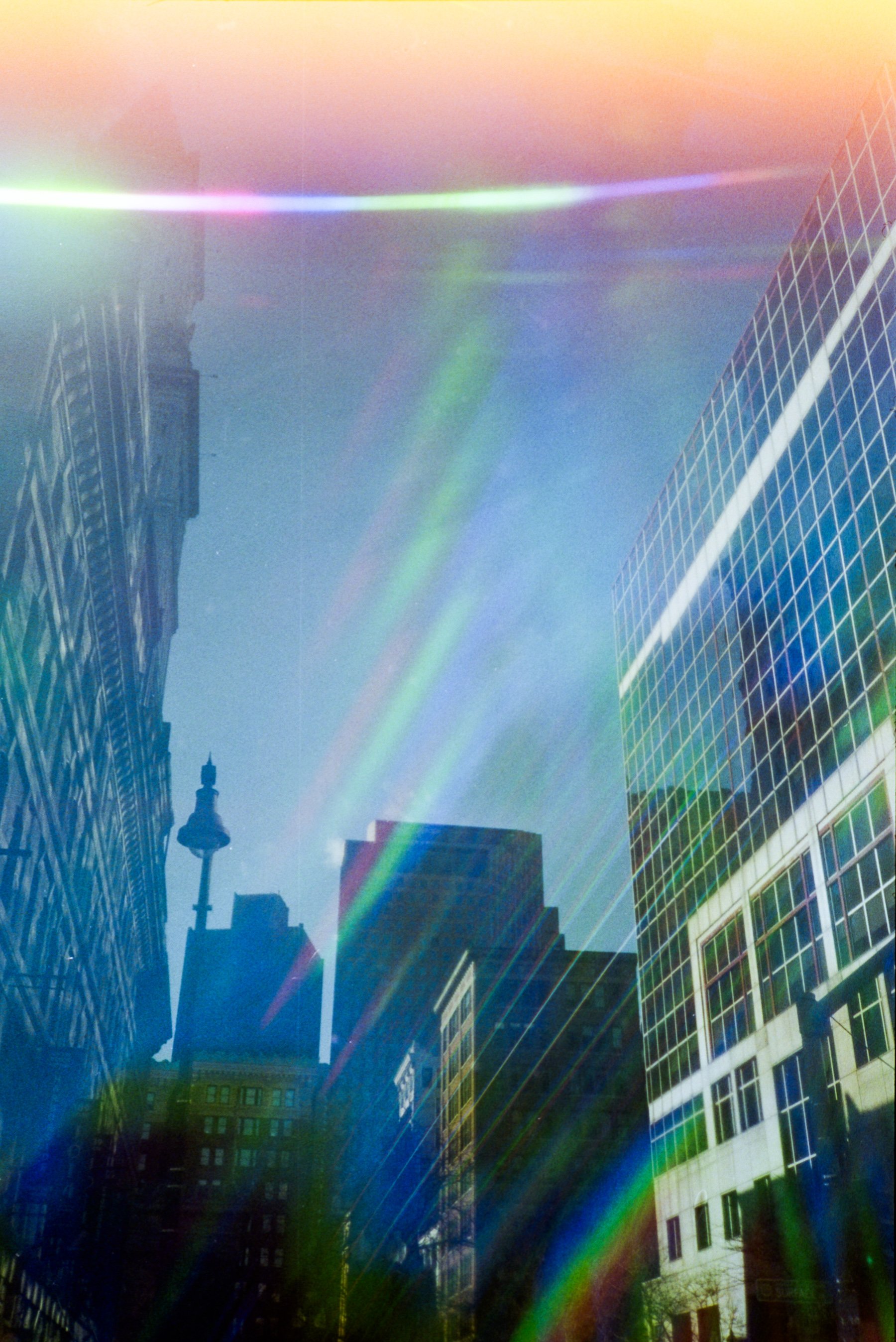(By using the links and/or codes below it supports Myles Katherine Photography. We may get a small kick back by you doing so.)
When Lomography contacted me about a collaboration with them to help save 120 film, I was more than happy to contribute in any way that I could! I didn’t realize 120 film was endangered, so it was definitely a bummer to hear that. 120 film is a huge part of my life as a photographer and I can’t imagine a world without it, to be honest! You all know that I’m obsessed with the Holga camera and that I specifically like shooting square format 120 film. Well, Lomography has the Diana F+, which I would consider a sort of sister camera to the Holga. Most photographers are either Team Holga or Team Diana. I’ve actually had my Diana F+ for a least a decade, but I had a 35mm back on it for years, to sort of differentiate it from my Holga. But it ended up sitting on a shelf for the last handful of years (which I will say, it’s very cute up on a shelf)! Lomography was wondering if I’d be willing to shoot their 120 LomoChrome Purple and LomoChrome Turquoise film with the Diana F+, and I was so excited! As much as I love the Holga, I’ve been interested in trying out some other 120 cameras lately just for something new and fresh. I switched the 35mm back on the Diana F+ to the 120 back and took it with me on a recent trip to St. Lucia with my family! You can also check out my YouTube video about the Diana F+ in St. Lucia here!
A BRIEF HISTORY OF THE DIANA F+
The original Diana camera was produced in the 1960s but only lasted until about the 1970s due to newer cameras coming into the market. It was an affordable box camera with limited controls and was really more of a novelty or gift item. But it became a bit of a cult classic when photographers like Mark Sink began using it to capture images of celebrities like Andy Warhol in the 1980s! Lomography decided to bring it back and created their own version, the Diana F+, in 2007. The Diana F+ is known for it’s lo-fi artistic, soft focus and vignetted corners that add a dreamy, surreal quality to the images.
MAIN FEATURES
The Diana F+ is super simple and easy to use once you get the hang of it. As with all toy cameras, they are very lightweight, often have a plastic lens and body and aren’t particularly sturdy. Toy cameras are typically known for their light leaks, loose-winding film rolls and blurred images. However, all you need is a bit of patience and you’ll discover the magic of the camera! The Diana F+ has four aperture settings (f8, f11, f16, pinhole), two shutter speed options (1/60, Bulb) an optional flash and a tripod mount. My favorite feature, of course, is that it can do multiple exposures! Since it requires manual film-advance, you can take as many photos over top of each other as you’d like before advancing to the next frame. Part of the fun of toy cameras though, is that you often forget whether you’ve advanced the film or not. This can end up with unexpected double exposures, which personally I’m always here for.
Diana F+ // Double Exposure // Lomography LomoChrome Purple Film
PROS
Considering the Holga is my favorite camera in the world, the Diana F+ is essentially right up there with it. The only problem is that I haven’t given the Diana F+ a fair shot! I sort of attached myself to the Holga and didn’t look back. But after trying out a few film rolls for this collaboration with Lomography, I have a newfound love for it and can’t wait to bring it with me on my next trip! I’ll be heading to Portugal in May and I’m hoping I can squeeze it in my bag!
I consider the fact that it is lightweight a huge pro for me. I travel a lot and I’m always looking for cameras that are light and easy to carry around. The Diana F+ fits easily into my bag and doesn’t weight it down. I also love that it has an interchangeable back so that I can switch to 35mm whenever I get tired of 120. Or if I have my Holga set up with 120 film, I can go with 35mm in the Diana F+ to keep things interesting. The 35mm back might be hard to find these days, though you may be able to find them on eBay here if they’re available. But the Diana Mini takes 35mm film and is super fun and cute! There’s also a Diana Instant (Fujifilm Instant Square film) and a Diana Baby 110 if you prefer those film formats instead! You can also try out the Diana Instant Deluxe Kit which comes with all sorts of fun lenses and filters to get experimental with. I bought one of their older deluxe kits that featured the 120 version of the camera with a 35mm back when I purchased my Diana F+ years ago and it was totally worth it. I personally love the Fisheye lens! You can try to find one of those older deluxe kits on eBay here.
Diana F+ Fisheye Lens // Lomography LomoChrome Purple Film
In my opinion, it’s everything about this camera that makes it great. The soft, dreamy focus and blurry vignetting. The cute, shiny, colorful housing and fun lens options. The multiple exposure and pinhole features. The adorable flash and gel filters. The lightweight body and various options for film format (35 mm, 120, 110 and instant film). Ugh, it’s just everything all at once and I love it.
Diana F+ with 35mm back // Double Exposure
Diana F+ with 35mm back
Diana F+ with 35mm back // Double Exposure
CONS
For some people, toy cameras in general just might not be their thing. They aren’t super reliable because they’re unpredictable and finicky. But that’s kind of the fun of the whole thing! Some of the main issues of these cameras include light leaks, loose film rolls and blurry images. To avoid light leaks, always make sure to load and unload your film in a dark place and definitely not in direct sunlight (unless you’re like me and enjoy taking that risk to see what happens)!
Diana F+ Pinhole Setting // Light Leaked // Lomography LomoChrome Turquoise Film
For the loose film rolls, that’s sort of part of the game. If you load your film to be quite tight in the first place, it tends to help. And when you’re advancing to the next frame, it’s best to wind somewhat slowly so that it winds tightly. With the Holga, I’ve learned to insert a small piece of thick paper underneath the take-up spool to help. I haven’t quite figured out how to manage it with the Diana F+ yet, but I’ll let you know when I do!
To prevent blurry images, make sure you’re shooting in bright sunlight and that you hold the camera as still as possible. You can also use a 400 ISO film to bring a little more light into your images. However, just know that the higher ISO you go, the more grainy your film will be. I always take a 100 ISO film if I’m headed to the beach or a bright location, and a 400 ISO film if it’s a cloudy day or if I’ll be shooting indoors at all. You can also use the flash to help prevent image blur and to brighten your images if you’re in a dark environment.
Diana F+ 120 // Neopan Acros 100 // Flash // Fisheye Lens
Diana F+ 120 // Neopan Acros 100 // Flash // Fisheye Lens
FINAL THOUGHTS
One of the best things about the Diana F+ is that you can be a beginner, amateur or professional photographer and the camera is still just as much of a mystery to use. It takes patience, creativity and an open mind to experience it’s magic. But believe me, it’s worth it. My favorite moment is life is when I’ve created an incredible multiple exposure with the Diana F+ or Holga camera. It’s an experience that I believe every photographer at every level should have. It forces you to be creative and try new things.
For my collaboration with Lomography, they sent me a roll of LomoChrome Purple and LomoChrome Turquoise to try out with the Diana F+. I’ve included all of my favorite photos from my trip below using these films, as well as a handful of my fav images I’ve taken in the past with the Diana F+.
WHERE TO BUY
Diana F+ 120 camera on Amazon
Diana Mini 35 mm camera with flash on eBay
Diana F+ Instant Square Deluxe Kit on Amazon
Diana Baby 110 on B&H Photo
FILM RECOMMENDATIONS
Lomography LomoChrome Purple Film (35mm & 120)
Lomography LomoChrome Turquoise Film (35mm & 120)
Lomography Color 400 120 film on B&H Photo
Kodak Gold 200 120 film on B&H Photo
Thanks so much for stopping by! And don’t forget to stop by my Amazon storefront for more camera/film recommendations. :) Have a lovely day!
<3 Myles Katherine




